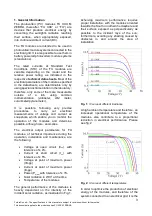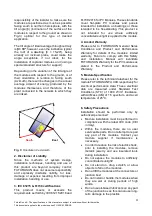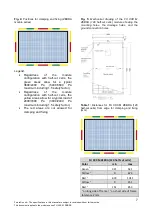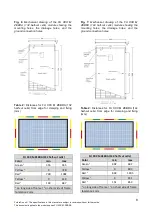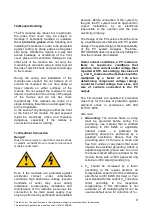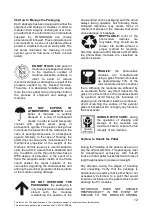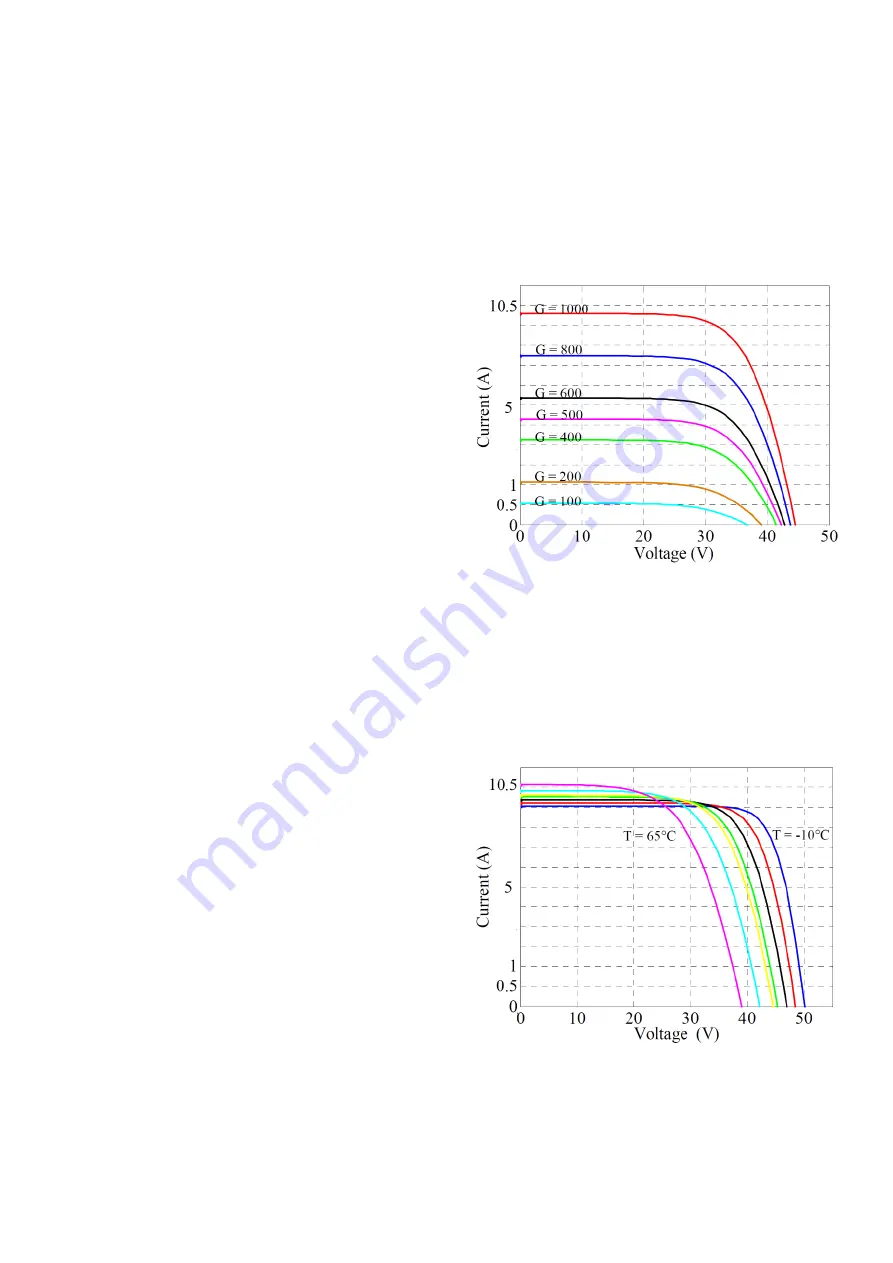
3
FuturaSun srl – The specifications in this manual are subject to revisions without further notice
This document applies to the module series FU XXX M ZEBRA
1. General Information
The photovoltaic (PV) modules FU XXX M
ZEBRA, (hereafter “FU XXX” or “FU”) are
devices that produce electrical energy by
converting the sunlight’s radiation reaching
their surface, when appropriately exposed,
into continuous/direct current (DC).
The FU modules are intended to be used in
photovoltaic module systems connected to the
electrical grid. It is also possible to use them in
battery powered photovoltaic module systems
(stand-alone).
The rated currents at Standard Test
Conditions (STC) of the FU modules are
variable depending on the model and the
relative power rating, as indicated in the
respective
technical data sheets.
Most of the
electrical parameters of the modules, specified
in the datasheets, are determinable only by
using special instrumentation in the laboratory;
therefore, only some of them are measurable
outside
of
a
lab,
using
common
instrumentation
(voltmeter,
AM
meter,
solarimeter/pyranometer).
It is possible, following very precise
procedures,
to
carry
out
electrical
measurements of voltage and current as
snapshots, which enable you to monitor the
operation of the modules and determine
possible, although rare, anomalies.
The electrical output parameters for FU
modules, of technical importance during the
operation, installation and maintenance, are
the following:
•
Voltage at open circuit (V
oc
) with
tolerance of ± 4%
•
Current at short circuit (I
sc
) with
tolerance of ± 5%
•
Voltage at point of maximum power
(Vmpp)
•
Current at point of maximum power
(Impp)
•
Power (P
max)
with tolerance of ± 3%
•
Solar radiation in W/m
2
at the time
•
Temperature of the modules
The general performance of the modules is
heavily dependent on the intensity of the
incident solar radiation, as illustrated in Fig.1.
Acheiving maximum performance requires
proper installation, with the modules oriented
towards the South in nothern hemisphere and
their surface exposed as perpendicularly as
possible to the incident rays of the sun;
furthermore, avoiding any shading caused by
obstacles in and around the area of
installation.
Fig. 1:
IV curve at different irradiance
A high ambient temperature and therefore, an
increased operational temperature of the
modules, also contribute to a proportional
reduction in electrical performance. Please
see fig. 2
Fig. 2:
IV curve at different temperatures
In order to optimize the production of electrical
energy of the modules, and therefore of the
system connected to an electrical grid, it is the



